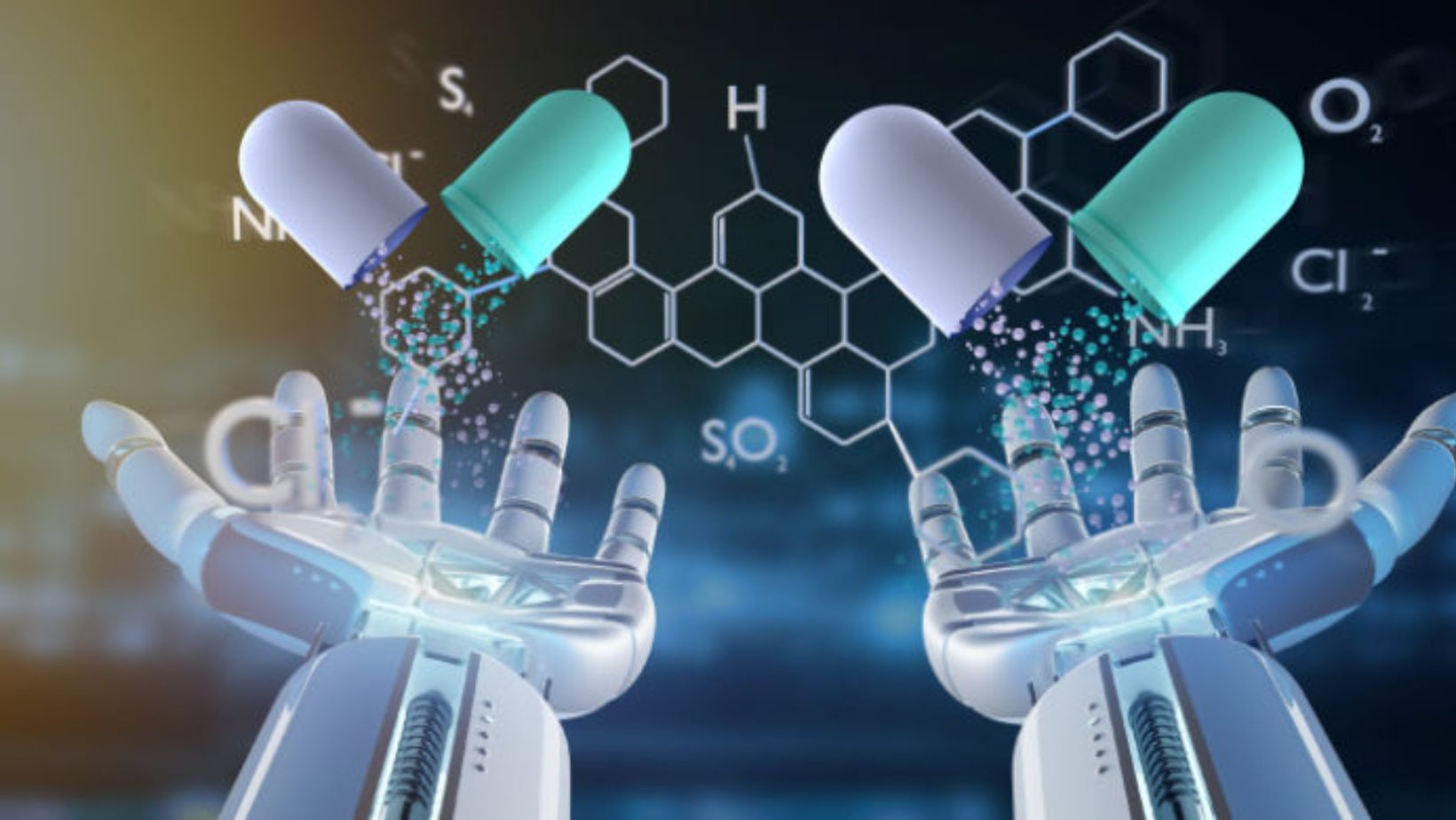A team of researchers at the University of Basel has developed a groundbreaking method to simultaneously analyze the effects of thousands of active substances on cell metabolism. Their study, published in Nature Biotechnology, reveals new mechanisms of action for existing medications, potentially leading to better predictions of drug effects and expanded therapeutic uses for commercially available drugs.
Revolutionizing Drug Effects Analysis with High-Throughput Metabolomics

Understanding how active substances alter cellular metabolic processes is crucial in drug development. However, analyzing entire libraries of chemical compounds has traditionally been a time-consuming and resource-intensive process.
Researchers at the Department of Biomedicine at the University of Basel have now introduced high-throughput metabolomics, a method that allows them to assess the metabolic effects of over 1,500 active substances simultaneously. This approach enables a detailed characterization of how drugs interact with metabolic pathways, providing a more precise understanding of their mechanisms of action, potential side effects, and possible drug interactions.
“When we have a better understanding of exactly how active substances intervene in cell metabolism, the development of medication can be accelerated,” said Professor Mattia Zampieri, one of the study’s senior authors.
Discovering New Uses for Existing Medications

Led by Dr. Laurentz Schuhknecht, the research team grew cells in thousands of tiny wells in culture plates. Each well was treated with one of the substances from a compound library. Using mass spectrometry, they measured the metabolic changes inside the cells, analyzing over 2,000 metabolites per drug. These results were compared to untreated cells using computational analysis, creating a highly detailed profile of how each drug influences cell metabolism.
The study uncovered previously unknown mechanisms of action for some well-known drugs. One notable example was tiratricol, a medication used to treat thyroid dysfunction. Researchers found that in addition to its known effects, tiratricol also influences nucleotide biosynthesis—the process by which cells create DNA building blocks. This suggests tiratricol could have potential applications in cancer therapy, where inhibiting DNA synthesis can slow tumor growth.
“Commercially available drugs can influence cell metabolism much more than we had imagined,” said Zampieri. These unexpected findings could pave the way for repurposing existing medications to treat conditions beyond their intended use.
AI-Powered Drug Discovery and Future Research

The comprehensive data collected from high-throughput metabolomics could also be used to train artificial intelligence (AI) models for drug design and precision medicine. By matching a patient’s unique metabolic profile with the effects of thousands of drug candidates, AI could help identify the most effective treatments for specific diseases.
“Our long-term vision is to match patient-specific metabolic profiles of a disease with the mode of metabolic interference of thousands of compound candidates,” Zampieri explained. “This could help unravel the best medication to reverse the disease-induced molecular changes.”
However, to achieve this goal, researchers must understand not only how drugs interact with cell metabolism but also how the human body processes these substances. The team is now conducting further research to study the interactions between drugs and the body’s metabolic pathways, which could provide even deeper insights into drug efficacy and safety. Drug Effects.
With this cutting-edge approach, drug discovery and repurposing could become more precise, efficient, and tailored to individual patient needs, offering new hope for better treatments and fewer side effects.
Reference: Laurentz Schuhknecht et al. A human metabolic map of pharmacological perturbations reveals drug modes of action.. Nature Biotechnology, 2025.

